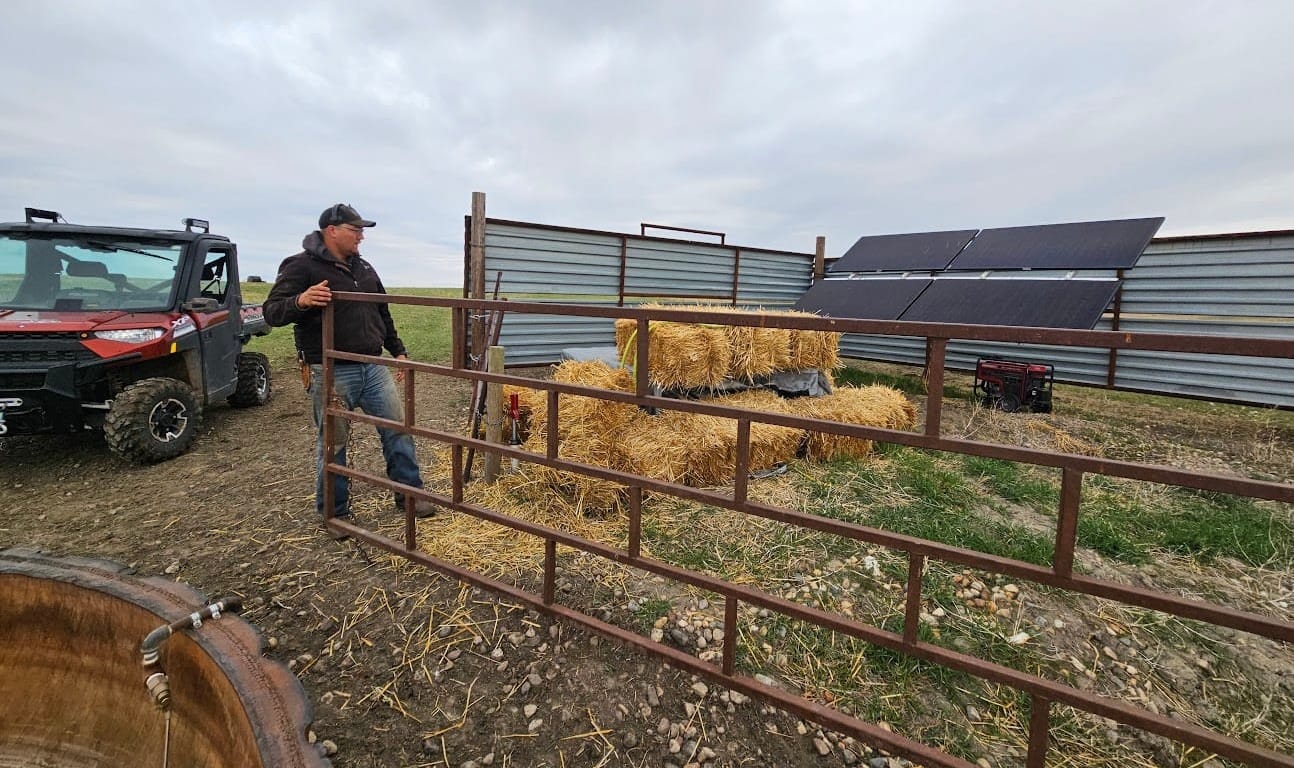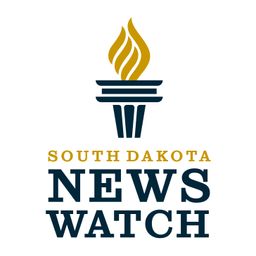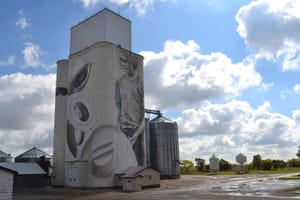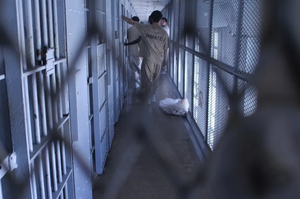Editor's note: This story originally published in June 2025 has been updated at the end.
MITCHELL, S.D. – The snow’s blowing sideways, the heavy stuff. It’s one of the few winter storms this year and it happens to fall on the first days of March, calving season.
I arrive at Steve Easton’s farm in Hanson County in southeastern South Dakota, prepared, wearing long underwear, snow pants, ski mask. What I was not prepared for was finding Steve, in a T-shirt and jeans sitting at his kitchen table.
“You look like you’re dressed for bad weather,” Steve smiles.
He has no plans to go outside today. And he doesn’t need to. From where he sits, he has a crystal-clear view of those cows that are close to labor on a TV divided into eight smaller screens, one for each camera.
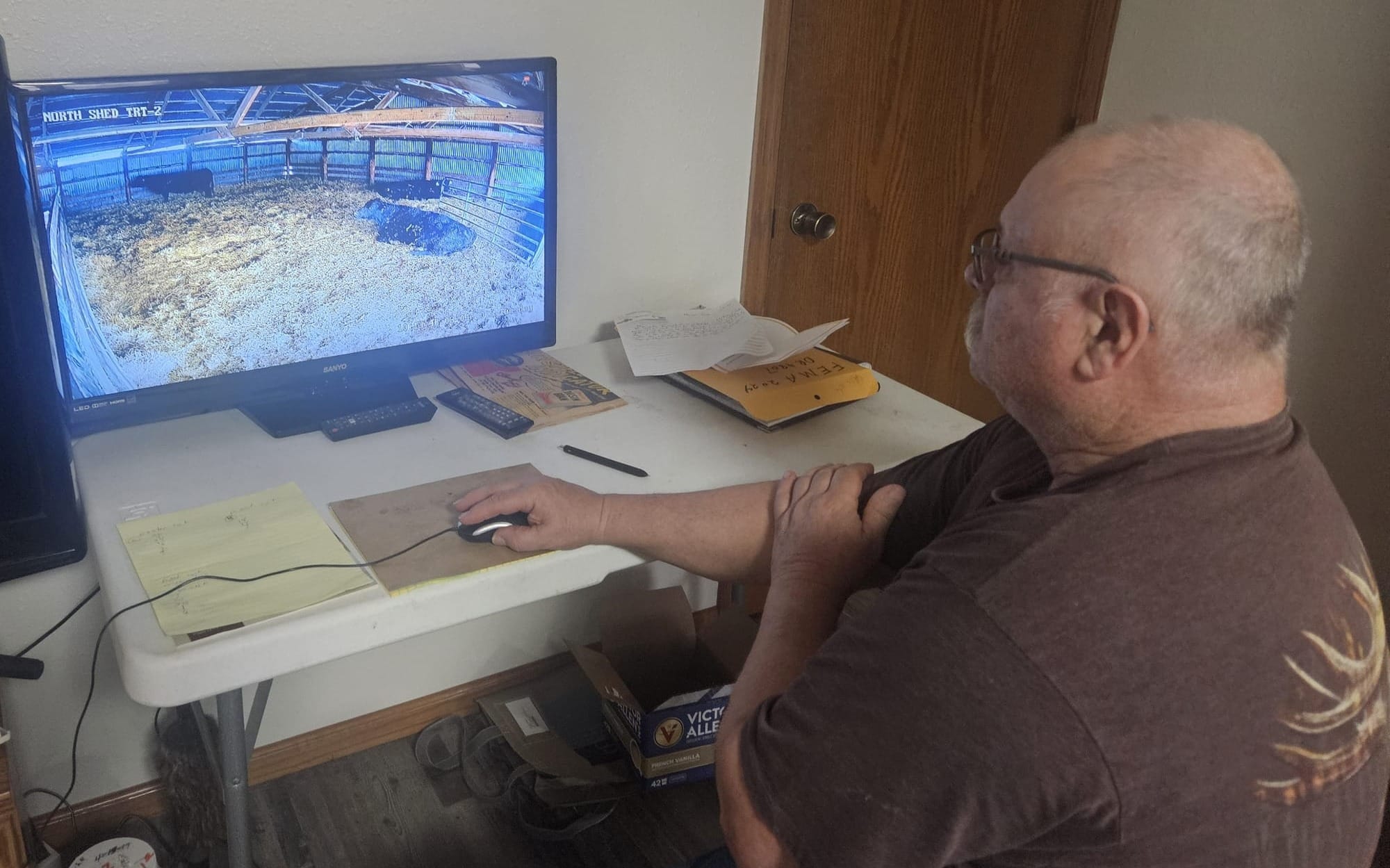
One screen shows a cow standing, sometimes slightly swaying looking uncomfortable. Is she due soon? Steve pulls out his smartphone and opens an app connected to the cameras. “On the phone, you can actually enlarge it.” He zooms in on the ear tag. The number confirms she’s the one that’s due any day now.
I was shocked: “That is insane.”
The last brush I had with calving was in the early ‘90s at a friend’s ranch, where every two hours they rode a four-wheeler through the pasture to check on cows.
Record low cattle numbers
I had intended to write about hard-working, down-to-earth South Dakotans. Lately, any national news about our state dealt with politics. South Dakota’s more than that. It’s calving season, so I searched for a rancher.
But Steve’s calving cameras blew me away — and led me on another journey to understand how science and technology have made calving more efficient. Read: saving money.
The number of cattle in the U.S. today is at a record low, numbers not seen since 1951, according to the U.S. Department of Agriculture. Over the years, historic drought conditions left little food for cows in the pasture and forced producers to sell their herds.

In 2024, Americans ate around 59 pounds of beef on average, up from the year before, according to the USDA. Short supply and strong demand mean a higher price. Add a recent temporary ban on importing beef from Mexico due to a parasite and USDA estimates that beef prices will hit new highs in 2026.
Ranchers are looking for efficiency: How to consistently produce the best beef that consumers want. In South Dakota, it’s big business with four times as many cattle as humans.
The cost of raising cattle for beef is an investment. Depending on feed costs and operation size, producers can spend hundreds to thousands raising a single animal before it goes to slaughter, confirms Erin DeHaan, South Dakota State University professor and extension beef specialist.
Too expensive to just cross their fingers and pray that it all works out.
A family affair
Easton calves part-time. In search of a larger, full-time calving operation, I traveled just 10 miles from the North Dakota border near Leola to a fourth-generation ranch with around 1,000 head of cattle. Turning off the gravel road, I pass under a 16-foot tall wooden archway with a large sign “Erdmann Ranch” hanging from the top.
A red tractor-trailer is backed up to the cattle corral. A handful of Erdmann family members are loading up their Black Angus heifers — each weighing around 1,100 pounds. These are year-old cows that have yet to get pregnant.
“Hupt! Here we go girls,” commands the matriarch, Anne Jo Erdmann. Anne pronounced Annie, or just call her AJ. “One of my boys gives me crap. He goes, ‘Mom, you're a 56-year-old grandma. You don't need to use initials anymore.’”
But AJ is easier than people repeatedly misspelling Anne Jo.
She’s easy to spot with her purple snow pants and hot pink hoodie poking through her winter coat.
She’s joined by her son, husband, his brother, nephew and his wife. They use various commands to get the heifers to move. “Haaww!” “Let’s go ladies.” There’s a lot of whistling and counting. They need to fit 58 on this load.
The heifers stomp and moo in protest. The Erdmanns use a cattle prod and paddle to get them moving as they funnel through, single file, up the ramp and into the back of the two-story trailer.
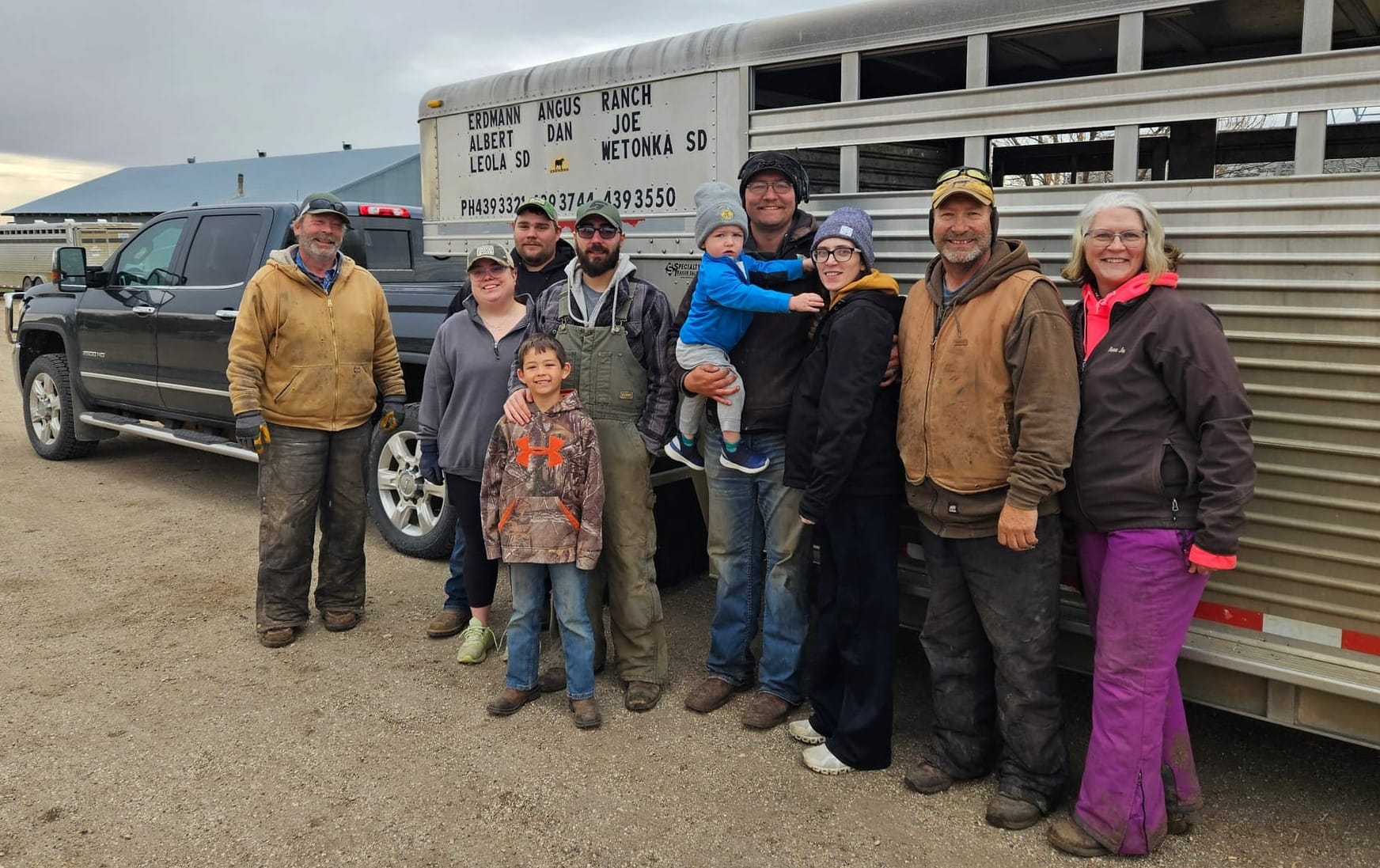
In the corral, Anne Jo endearingly calls out “Hey, Lovey.” Does she call all heifers by that name? No – Lovey, or No. 463, is special.
She looks the same as the others with her jet-black hide. But Lovey’s calm demeanor makes her stand out as they are loaded onto the tractor-trailer. Lovey came from a very planned pregnancy, an investment aided by technology that started before she was even a twinkle in a bull’s eye.
The other AI
Whether Lovey’s life will be a success has been tested for generations by trial and error.
“We're kind of rigorous. We're kind of picky,” says Anne Jo.
The Erdmanns prefer cows with structurally correct feet and legs, features that indicate a long lifespan. Angus can live up to 10-15 years. They want cows with nice round udders and good teeth and temperament, indicators of being a nurturing mama.
All those features are held by another cow, Queen of Wetonka, named after the tiny town of 16, south of Leola. When a cow has a name, she’s a prize, a nice pet deserving of special treatment.

Queen of Wetonka has been with the Erdmanns for years and already had birthed three calves by 2023 when they were ready to breed her again. They will use the other AI — artificial insemination.
But first they have to choose a bull.
The bull: By the numbers
It’s a family research effort. Anne Jo, her husband, Dan, their son, Royce, and his Uncle Joe all flip through glossy magazines with high-quality profile photos of bulls, complete with bios and stats. Like a dating profile but with more accurate information.
They search online profiles and talk to other ranchers about their favorite bulls.
Anne Jo is also a sperm dealer. She sells and delivers straws of bull semen to customers. She got an alert about a young bull out of Montana named Spectrum. “We liked his numbers. We liked his pedigree,” Anne Jo says.
One look at his profile page and you can see why. His photo, taken by a professional photographer, shows a side profile of pure black Spectrum standing in fresh hay. This literal stud was born on Valentine’s Day in 2020.
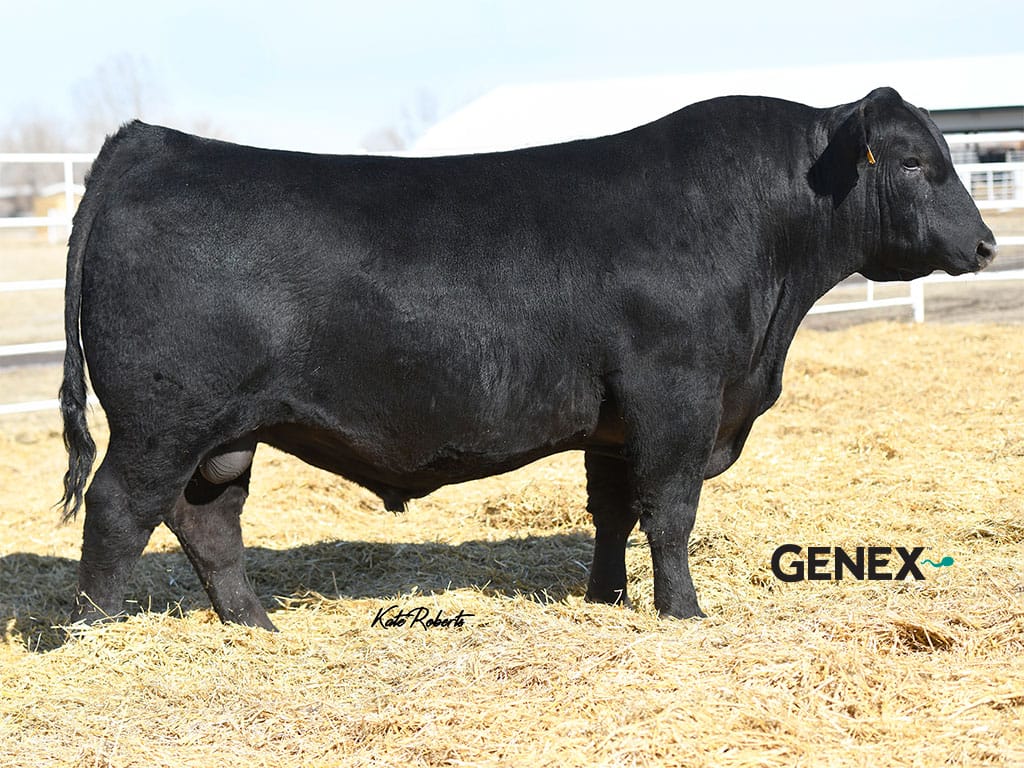
His bio speaks for itself: “He is the perfect combination of Cow Sense & Science and will raise the bar for nearly every measurable trait.”
Below Spectrum’s auspicious birthday is his scrotal circumference: 40 cm, or about 16 inches. The science behind the size shows positive correlation with his daughters maturing early and allowing them to become pregnant sooner. And typically, the bigger the size, the greater the sperm count, which increases the likelihood of pregnancy.
But there is such a thing as too big. It’s a sign of an injury or a growth, both red flags for fertility.
If you click on Spectrum’s extended online profile, more than 100 different numbers pop up. The stats show everything from his offsprings’ average birth weight to how his daughters perform as first-time moms to the marbling score of his offsprings’ beef.
It also shows the accuracy of those stats: The more offspring, the greater likelihood a future calf will follow Spectrum results. He’s fathered more than a thousand.
While those stats configure into Erdmann’s decision, what matters most is temperament. “We don't want anything that's got any kind of a wonky, snarky temperament,” says Anne Jo.
And there’s a stat for that. Spectrum’s docile score shows his offspring are more calm compared to others.
Diversify to increase success
But numbers aren’t everything. Both Anne Jo and Steve Easton tell me some producers have been known to fudge their stats, hiking up the value of their bulls.
“That's why we don't hop in, hog wild, and breed all of our heifers to just one brand new bull. We've seen the next ‘Wonder Bull’ umpteen times,” Anne Jo says.
The Erdmanns diversify, choosing multiple bulls’ semen. Beyond the numbers, they also do their own social networking: asking around and finding out how offspring behaved for other ranchers.
Spectrum fit the bull bill, so the Erdmanns purchased several straws of his semen and inseminated around 20 cows, including Queen of Wetonka in 2023.
To check for a viable pregnancy, they hire a traveling veterinarian from Missouri. With a portable ultrasound machine, he takes just seconds to check if a cow is expecting. The ultrasound image projects on special eye glasses he wears, saving time and effort lugging around a screen.
Spectrum’s semen took and the Queen is indeed pregnant and will be for nine months.
When Queen is close to giving birth, she’s moved into one of the barns with cameras to watch over her labor.
Cameras were a game-changer
This technology was a turning point on the Erdmann ranch. Royce, representing the fourth and youngest generation, tried for years to persuade his dad to add cameras to the farming operation.
“Nope. We don’t need it,” Royce remembers Dan’s repeated reply.
Royce, a board member on the South Dakota Angus Association, heard from other ranchers loving their cameras, wishing they'd installed them sooner. So Royce called the company himself and ordered a camera system at his own expense.
“They installed it. And he said it was stupid,” Royce says.
It didn’t take long for his dad to jump on board.
The cameras mean freedom. Now they can run into town and still check the status of calving on their smartphones, which they can also do from the comfort of bed. It also allows pregnant cows to labor in peace, without disruption.
The technology also saves lives, Steve Easton attests. The eight cameras, which cost him around $2,500, enables him to quickly spot a calf in trouble, such as having its cord wrapped around the neck, being born in the gestational sac or rejected by its mama.
“So if you save one calf, it pays for itself in a year,” Steve says.
But there’s something worth even more than money.
“Our time is so valuable, and I don't think many of us put a dollar value to our time or even to our health, to tell you the truth,” says Robin Salverson, a cow/calf field specialist with South Dakota State University Extension.
No. 463
Queen of Wetonka, a veteran mama, had an uneventful labor and gave birth to a healthy female calf, No. 463, on March 6, 2024. Anne Jo rattles off the calf's numbers like it’s her own Social Security number. A true heir of her parents, this calf appears to be calm.
In every herd, the Erdmanns take two heifers with nice temperaments they can easily break. The nice ones tend to lead the herd and make it easier to corral them.
The chosen ones are brought to fairs to be shown. Calf No. 463 shows promise. “She's just so appreciative of being scratched and brushed and washed and loved. And so we just named her Lovey,” Anne Jo says.
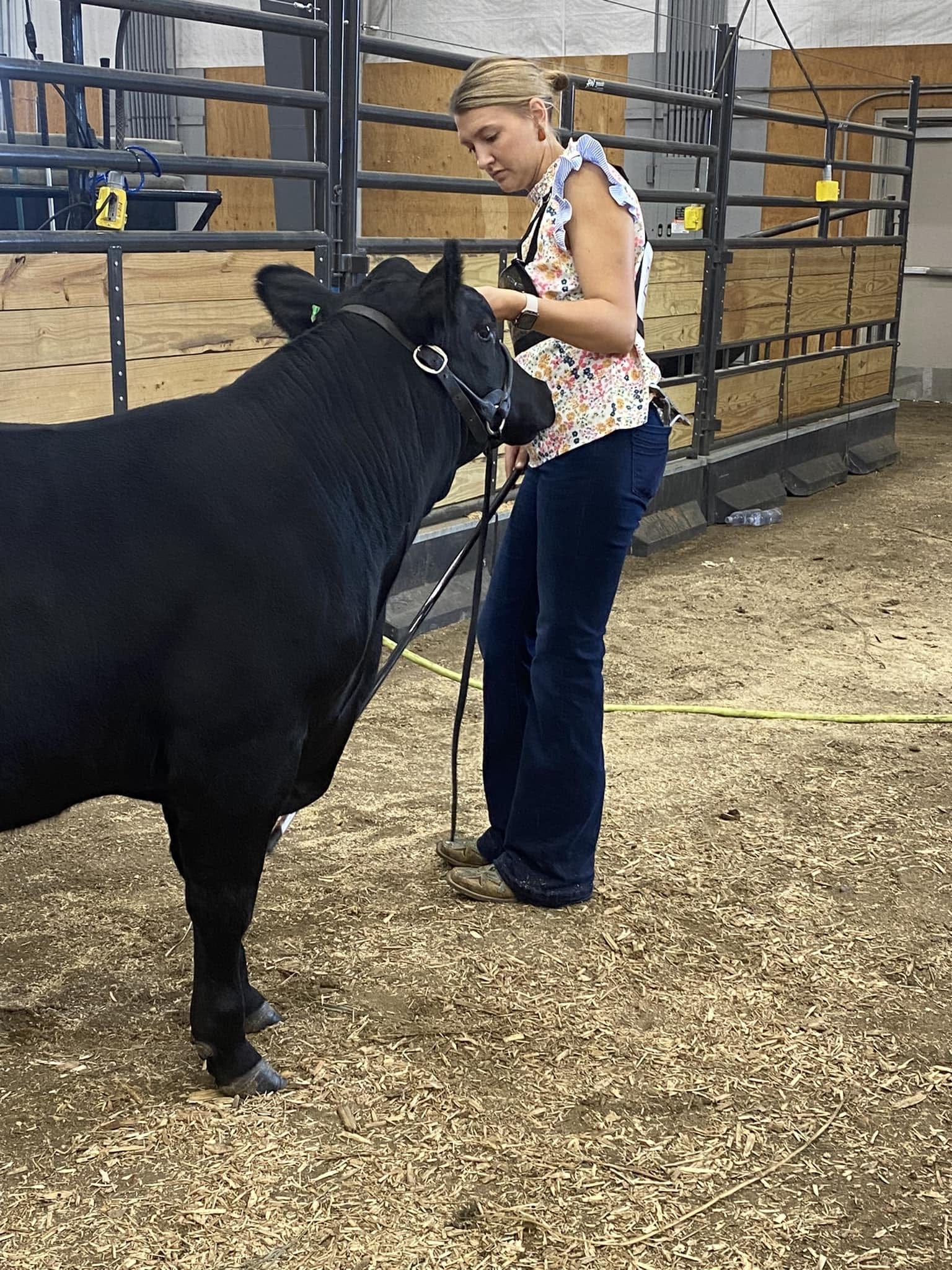
Lovey’s a pet, a sweetheart, who loves to lick. “She licks your jeans. She'll lick your arm.”
And she shows well, placing second in her class, reserve calf champ at the South Dakota State Fair in Huron.
But any rancher’s goal is to turn a heifer into a cow that successfully carries a healthy calf. And once they reach a year old, heifers are ready to be bred.
Helping nature along
The weather is starting to turn on the Erdmann ranch, the April winds picking up and it’s starting to spit. The Erdmanns are on their last load and have a herd in the cattle corral.
Lovey’s easy for Anne Jo to spot. While they all look alike, completely black, Anne Jo knows her prized pet. Lovey’s the one with kind, hazel eyes that wiggles her way up to the front of the herd.
With Lovey and the other heifers loaded, the tractor-trailer heads 25 miles south to her mother’s namesake, Wetonka, the south ranch. There Lovey shares 80 acres of pasture with 39 other heifers.
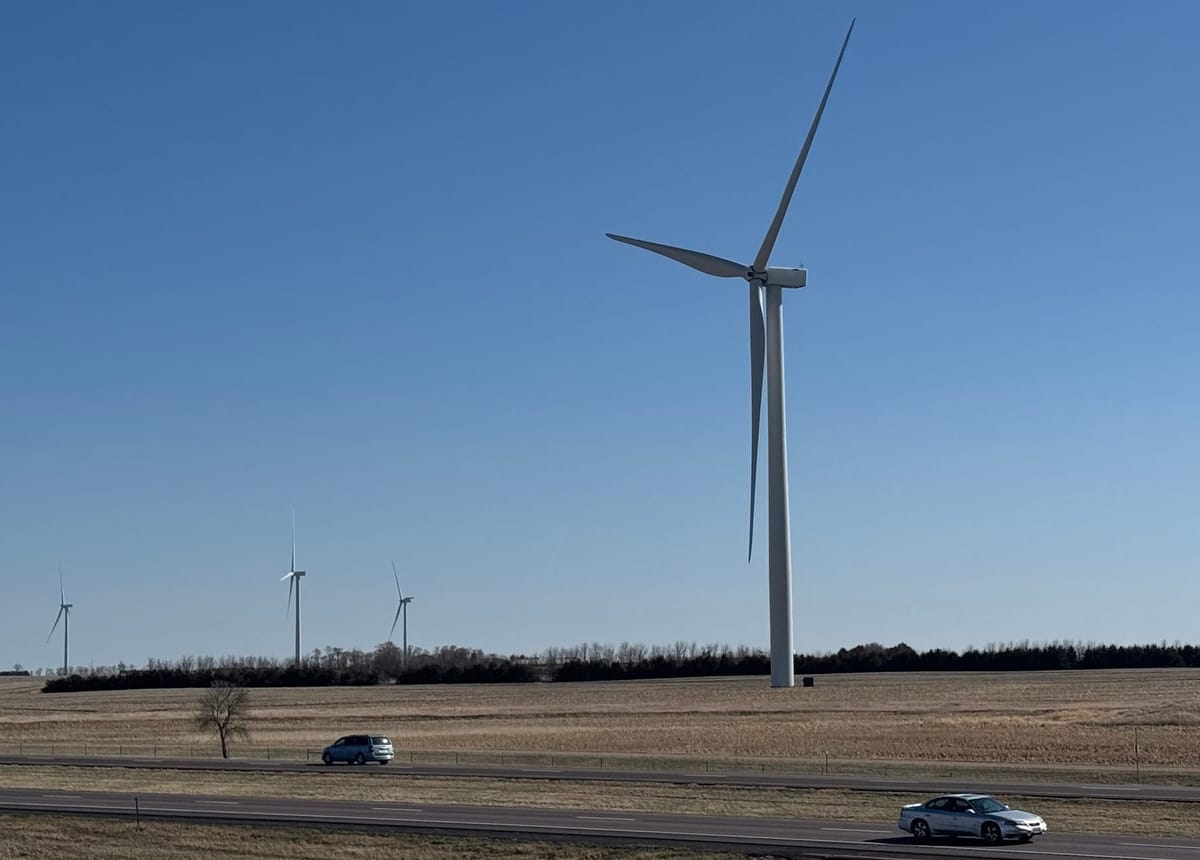
By mid-May, Lovey and the other heifers in the herd are ovulating. On a Friday, the Erdmanns remove their intrauterine device, or IUD, birth control and give each one a hormone shot to get their cycles in sync.
Just days later, on a rainy and cold Monday, the Erdmann family gathers to insert straws of semen into the heifers one by one. Anne Jo also discovers her purple snow pants aren’t waterproof. “I got wet all the way down to the skin. Man, we were so cold on Monday.”
Lovey is inseminated with a new bull Erdmanns want to test out. A young guy named Grindstone from North Platte, Nebraska.
Three weeks later, they'll release the cleanup bulls into the pasture to impregnate any heifer whose AI didn’t take.
When the veterinarian does ultrasounds in August, he can usually spot the typical 2-pound difference between an AI calf and a cleanup calf conceived three weeks later, which helps identify the father.
Cows must carry their weight
If Lovey’s pregnant and all goes well, with her easy temperament and natural maternal instincts, she can reasonably stay on the Erdmann ranch for years as a breeder.
“So hopefully, she's able to level up and accept the challenge that we set in front of her,” Anne Jo says.
They are picky. You have to be when your livelihood is on the line. If Lovey isn’t pregnant, "she goes to town," sold for slaughter.
They’ve done it before. There was Barbara. “Barbara was the nicest heifer. Just loved her,” Anne Jo says. You can hear a little sadness in her voice.
But ranching is a business. “And that's where tough love comes into play,” she says.
“Why would you keep a heifer that's not paying her way? Do you want those kind of genetics kept in your herd?”
Lovey alive is more valuable to the Erdmanns. She helps lead the herd and could possibly produce several calm offspring like herself. But if this pregnancy doesn’t take, prices are high for beef this year and are expected to continue to climb in 2026. But just like any market, there’s uncertainty.
“We don't have crystal balls. We pray a lot,” Anne Jo says.
And that’s something technology just can’t do.
Editor's note, Oct. 17, 2025: Lovey and her mother, Queen of Wetonka, are both pregnant. They are back home grazing at the Erdmann Ranch. Queen is due in March and Lovey is expected to give birth in April.
This story was produced by South Dakota News Watch, an independent, nonprofit organization. Read more stories and donate at sdnewswatch.org and sign up for an email to get stories when they're published. Contact Megan Luther at megan.luther@sdnewswatch.org.

